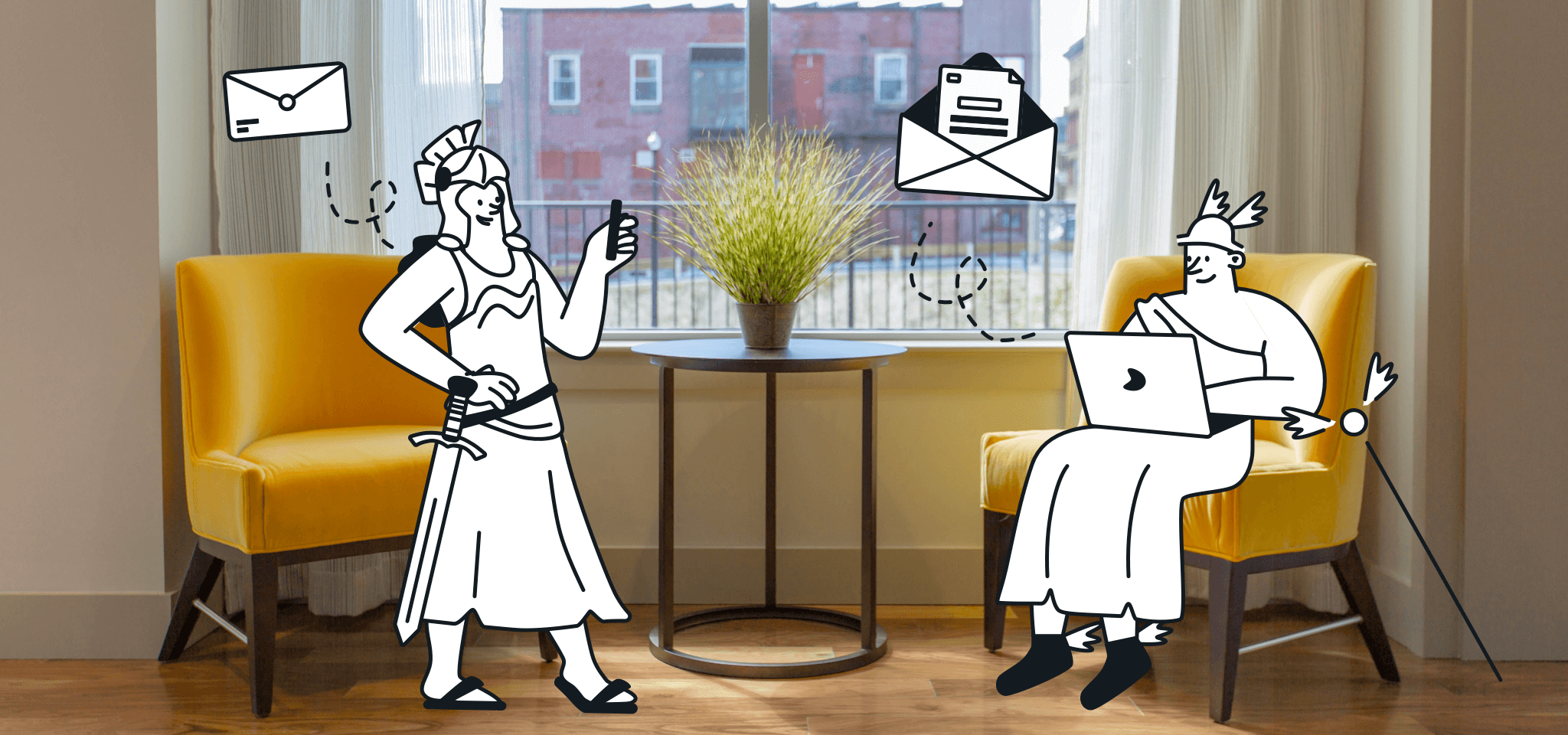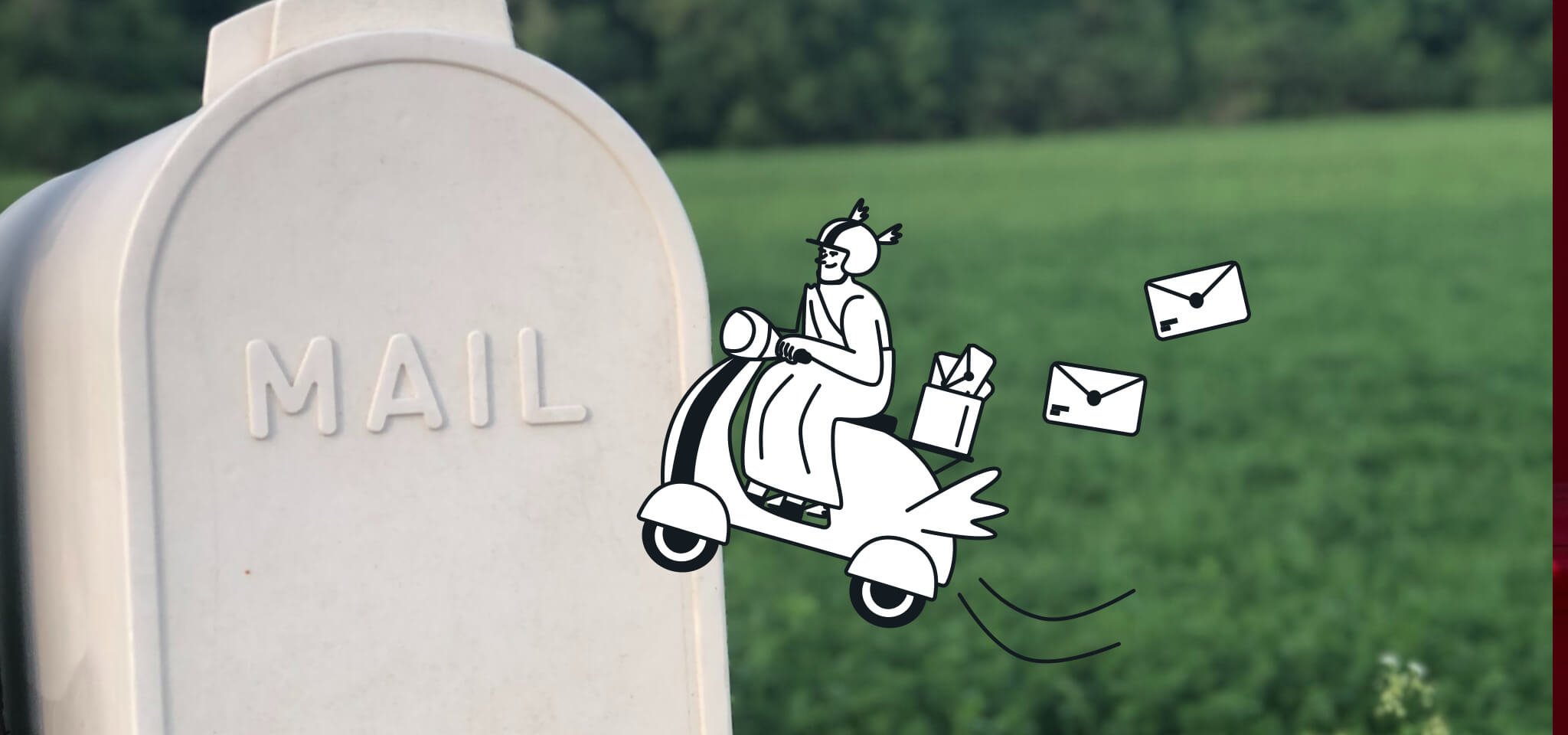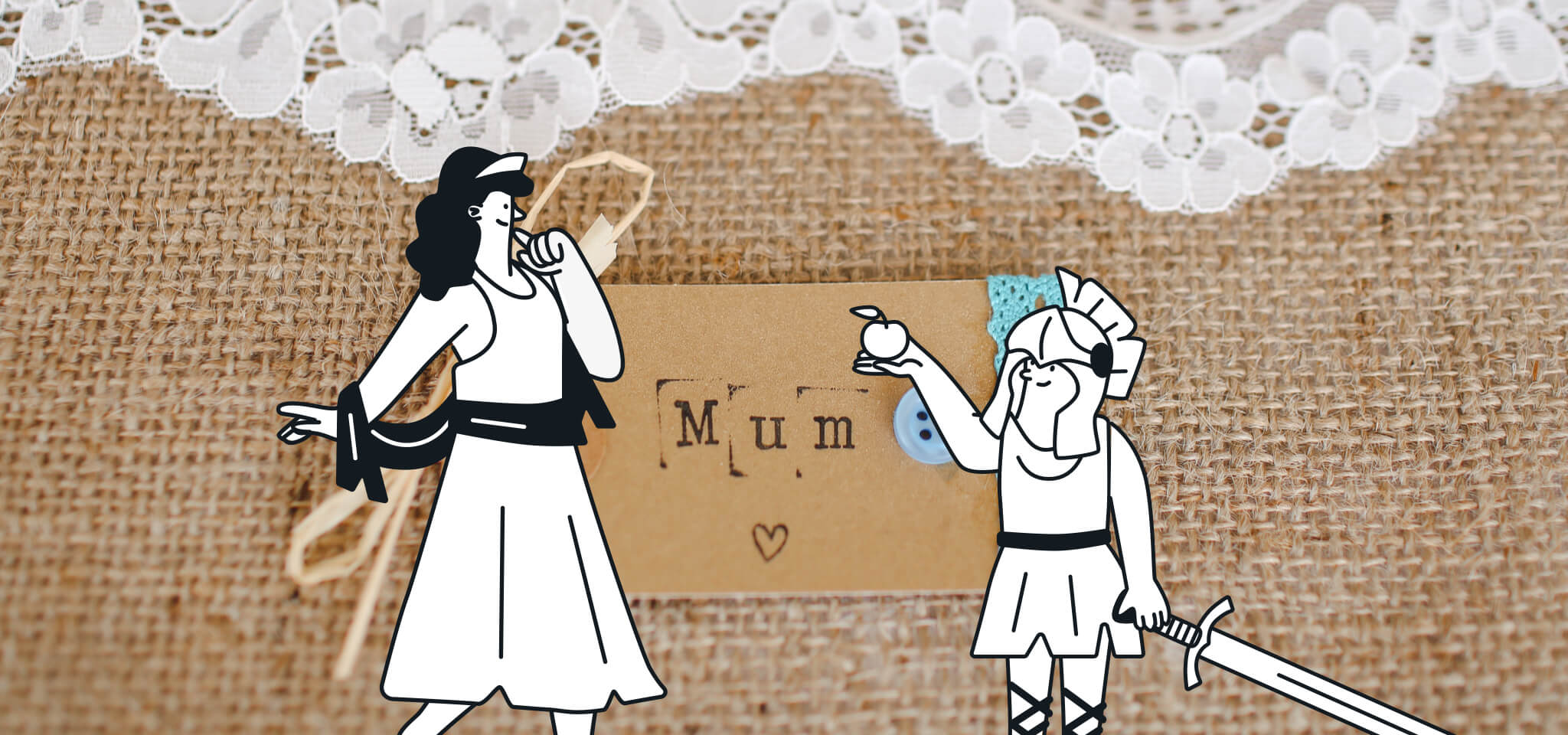Home
The Mailjet Blog
Email best practices
Best Time To Send an Email: Research & Tips To Optimize Send Times
Email best practices
What’s the best time to send your email newsletter?
Looking for the best time to send your email campaign? We studied data from sending billions of emails each month. Check out the results and learn how to find the perfect time to send your email blasts.
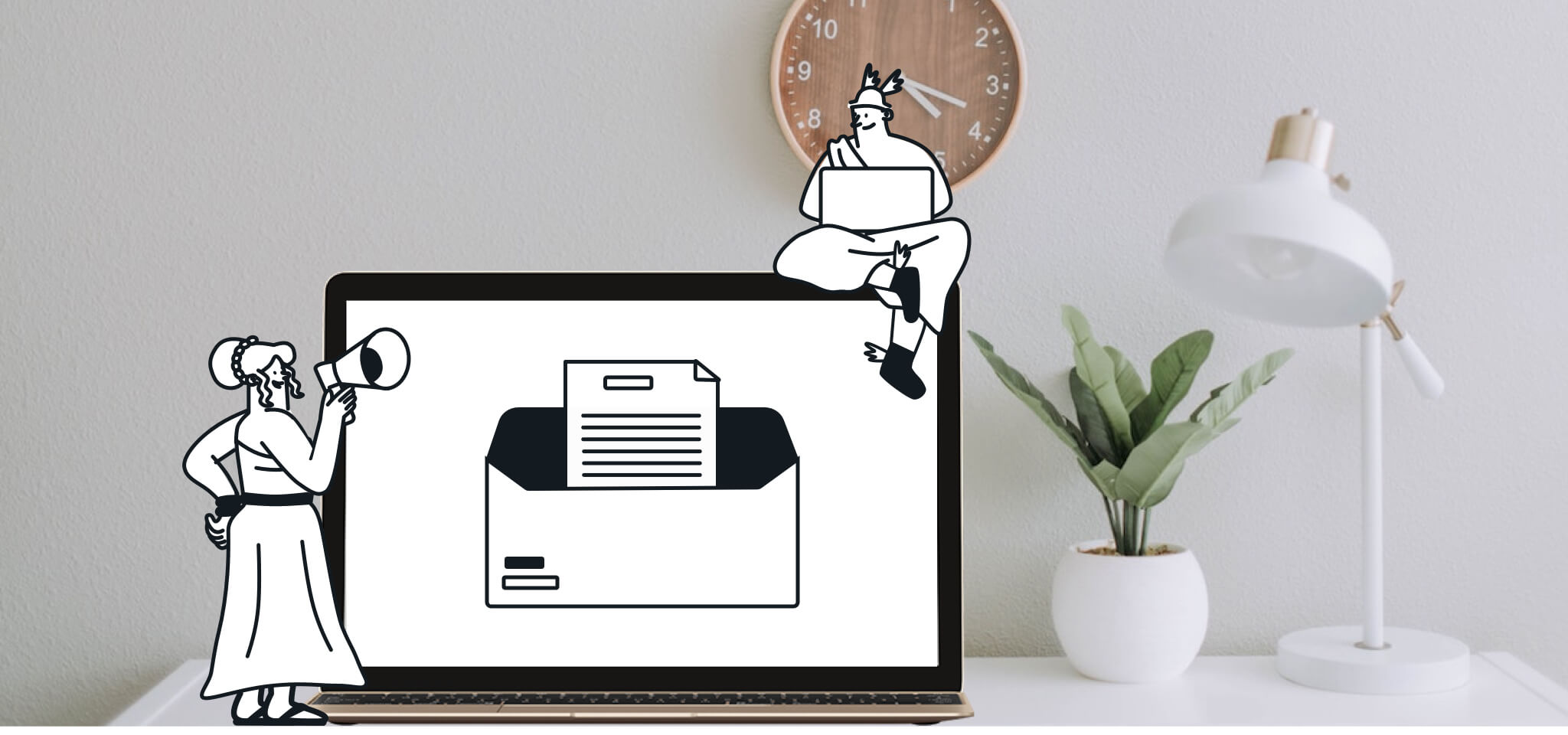
PUBLISHED ON
If you're an email marketer sending marketing emails to customers, you’ve probably already asked yourself this: What’s the best time to send my newsletter?
The time you schedule your emails determines how high your open rates and click-through rates (CTR) will be. And there are a lot of factors at play when deciding the best time and the best day of the week to send your emails.
Below, we’ll give you some tips on identifying the best days and times to send your newsletters and some recommendations to improve your overall email marketing strategy.
Table of content
How do different countries compare?
The best day of the week to send emails
The worst day of the week to send emails
Choosing a day to send your newsletter
What’s the best time to send your emails?
Let’s get straight to it. When should you be sending your email campaigns to get the most engagement? Most sources say you should send between 9 AM and 12 PM, but that’s a rather simplistic way to think about email send times.
The first thing to consider is that people check their email multiple times each day. In fact, according to our Email Engagement Report, 63.3% of users interact with their personal mailboxes at different points throughout the day.
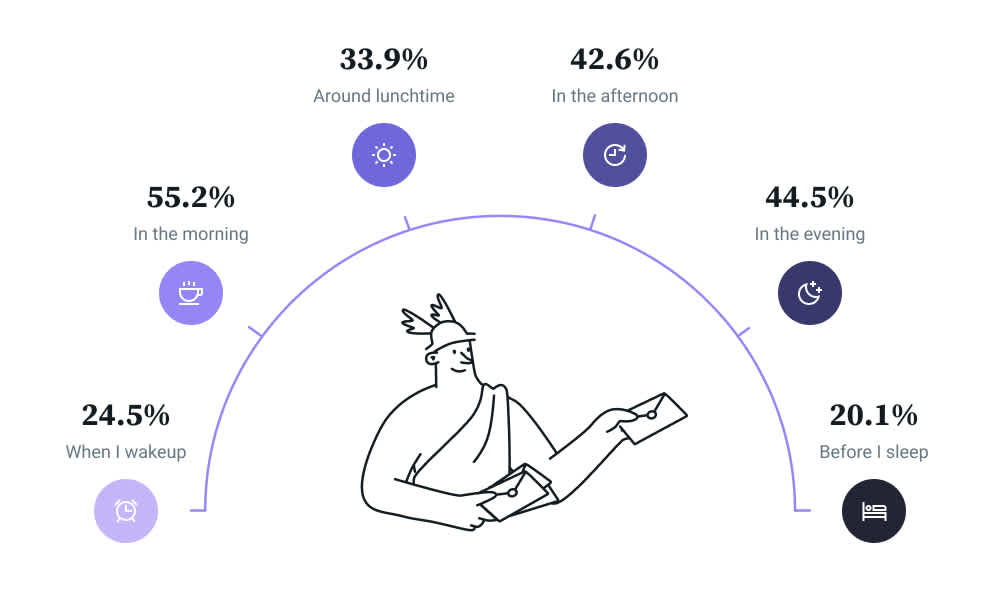
Most people check their email multiple times of day.
It’s worth remembering, though, that just because somebody checks their email, it doesn’t mean they have the capacity to act on it, which means getting the time right is still key to driving good email engagement.
Generally, here’s how you can choose the optimal time to send your emails:
6-8 AM: Avoid sending newsletters when people wake up, as they are half as likely to be read immediately. And when they do check, your email will appear at the bottom of the pecking order.
9-11 AM: According to many studies, this is a fantastic time to send newsletters – regardless of location. In our Email Engagement Report, 55.2% of users said they check their emails in the morning, more than any other time in the day. However, this doesn’t mean your emails will be opened right away – with people busy at work, it might take a while to get all that desired engagement.
12-2 PM: During work hours might be a great time for B2B email, but closer to lunch time will be better for B2C messages. While on lunch break, people will be looking at their emails before getting back to work in the afternoon.
3-6 PM: According to our data, the afternoon and early evening is also a great time of the day to send your emails. This is a large window of opportunity, so send early in the afternoon in the EU to take advantage of all US time zones – or better yet, segment and schedule sends based on your audience’s location!
7-9 PM: The evening is probably not the best time to send B2B SaaS campaigns, as those will be at the bottom of your recipient’s inbox when they get back to the office the next day. However, it could still be an in time for B2C emails, as people browse through their inboxes during their commute, or as they get back home right after work.
After 9 PM: Avoid sending emails after this time, as it will not be read immediately, and by the morning, your email will appear at the bottom of the pecking order. If you're sending at this time, then earlier is better.
While this is some prescriptive guidance to get started, we wanted to take our research further an analyze the best times for email engagement – that is, opens and clicks.
That’s why our colleagues at Sinch Mailgun conducted a study to find the best time for email engagement based on the billions of emails sent by our customers. The graphs below represent email engagement by hour. In general, 15 UTC has the highest engagement in click-to-open ratios – that’s when most of this opens and clicks happened.
However, that doesn’t mean 3 PM is the best time to send in your country! Remember to convert UTC times to your own time zone to find the best time according to your region. For example, in the summer, 15:00 UTC translates to 11 AM for Eastern Standard Time.
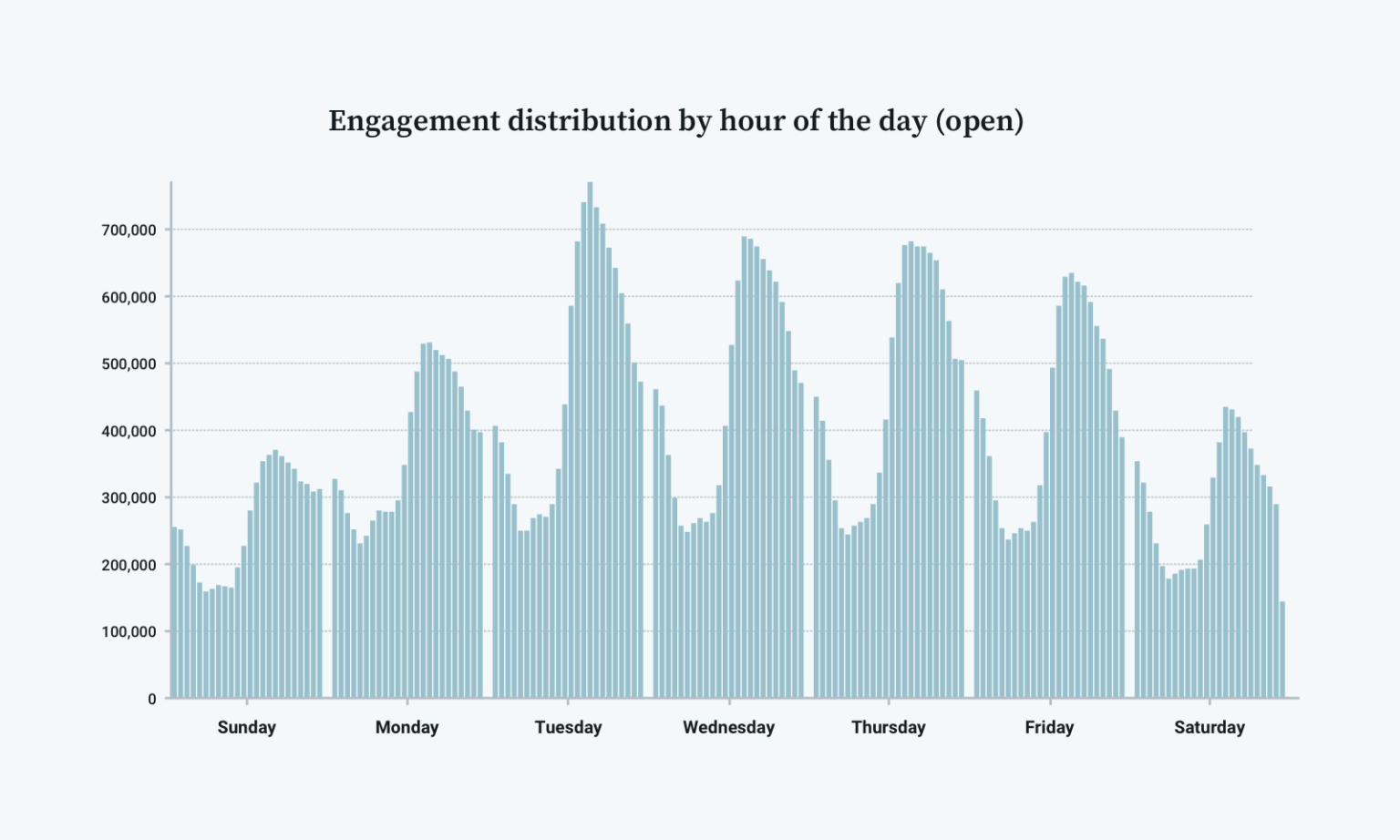
Open rates by hour of the day.

Click rates by hour of the day.
How do different countries compare?
Is it better to send newsletters first thing in the morning or late at night? That depends on where your users are located. In our Email Engagement Report, we discovered fundamental differences in email habits across different countries and cultures.

Open rates data across different cultures.
For example, our survey shows that if you want to reach German customers, then the early evening would be a good option of, with 57.8% opening emails at this time (compared to 19.4% in Spain). However, 27.4% of Spanish participants said they wait until the late evening before bed to check emails, but you’ll only get the attention of 9.1% of Germans if you send them your campaigns at that same time.
So, before blasting that email out across the World Wide Web, look at this data first. Take the time to segment your audience to achieve the best possible engagement in your target countries.
Want a step-by-step process for creating high-conversion email newsletters? Then take a look at this detailed guide we’ve just finished putting together.
What's the best day to send your email campaigns?
Your sending schedule largely depends on whether you’re a B2B or B2C brand and the industry you’re in – we’ll get to that later in this post.
But in all cases, data shows that there are some days to avoid sending your weekly newsletters if you want to achieve the highest open rates.
The best day of the week to send emails
If we look back at the Sinch Mailgun study mentioned before, we can see that Tuesdays through Thursdays have the highest open rates. Open rates also followed suit, with midweek taking the lion’s share of campaign click rates.
While Tuesdays and Thursdays have slightly higher engagement rates, Wednesday is a solid second option. If you send emails twice a week within these days, however, make sure to pick a combination of Tuesdays and Thursdays. Sending emails on Tuesday and Wednesday, or Wednesday and Thursday, might make your customers feel overwhelmed and not read your emails at all in the process. Not good.
Fridays, while not the strongest day of the week for engagement, shouldn’t be completely disregarded either. People also get the most emails in the middle of the week. Maybe you might want to send your emails on another day of the week to have less competition in the inbox.
The worst day of the week to send emails
According to our research, Saturdays and Sundays are the worst days for email engagement. We’re busy going out socializing, seeing family, or doing errands. Emails are not going to be a priority, so as a rule of thumb, avoid the weekends. The exception to this rule is sending lighthearted content that’s more palatable on weekends.
However, if you had to choose, is it better to send an email on a Friday or a Monday? Traditionally, both Fridays and Mondays have been perceived as bad days to send emails. However, our research shows that Friday outperforms Monday significantly on open and click through rates. On Mondays, people are either planning out their week or are sifting through the weekend’s emails. And let’s be honest, we’re not the sharpest workers on Mondays.
Always consider your target audience and the times at which they check their emails. From ecommerce to tech, every demographic leads different lives. Formulating an email marketing strategy based on user habits and testing different times to find can really improve your email marketing metrics.
Choosing a day to send your newsletter
At the end of the day, the best way to choose a day to send your email campaigns is to do some tests on your list. As a starting point, look at engagement data, past open rates, and click-through rates, and formulate a hypothesis based on past information.
No matter what, if you regularly send weekly promotional emails or newsletters, be sure to send them on the same day every week. This builds trust and anticipation as your audience will come to expect your content at that time.
During holidays or special events, don’t hesitate to send your newsletters at a later date or a different time. While consistency is important, it's always preferable to send at a different time and get higher open rates, than to stick to your sending schedule and remain unopened.
Email send times: B2B vs B2C
As we’ve already mentioned, people don't use their professional and personal inboxes in the same way or at the same time. Some people rarely use their personal email addresses, while others get notifications every time a new email comes in. Some professionals check business emails regularly, while others only do it during the workday or at fixed times.
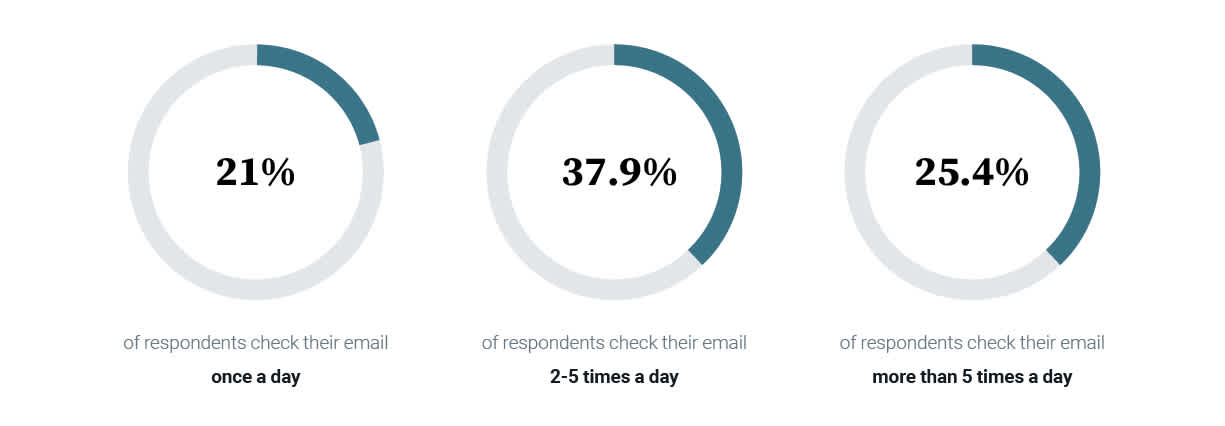
A large percentage of your user base check their personal emails more than once a day. Source: The path to email engagement
To determine the best time to send your email blasts, you'll need to ask yourself questions like:
Do you send email newsletters to personal or professional email addresses?
Is your email list more likely to check their inbox when they wake up or during their lunch break?
Are your messages more likely to be engaged during weekdays or weekends?
Do your contacts check their emails on the go from their mobile or wait until they are in front of their computer?
Keep in mind that this distinction between B2B and B2C is very important, as users behave differently when using work or personal email accounts. If you have defined marketing personas, they will be very useful in understanding how your subscriber list engages with your emails.
The best time and day to send B2C and B2B emails could be quite different. Use customer insights and tests to create email marketing benchmarks and find the perfect time to send your messages.
Why does email sending time matter?
You’ve worked so hard to create the content for your next campaign: You’ve come up with powerful copy, a catchy subject line, and great calls-to-action (CTAs)... And yet, why are your emails not being opened or clicked through? It might be that you're not sending emails at the right time of day.
The email inbox is a crowded space. Emails at the top of the inbox generally get the best email engagement than those at the bottom, which explains why the sending time is so important when planning your key email marketing campaigns.
Sending your campaigns at the right time can help you:
Reach high open rates: Email open rates are the holy grail of email marketing. If your email is at the top of the inbox, your contacts are more likely to see it and open it, so sending at the perfect time is key to achieving a cross-industry average 21% open rate.
Boost click-through rates: Even if your entire email list opens your message, you won't get a decent return on investment (ROI) if no one clicks through. You should be getting around a 7.8% click-through rate. Sending at the wrong time might mean your contacts don't have the time to actually read your email or click on your great CTAs.
Improve conversion rates: Converting readers into leads or even sales is the ultimate goal of any marketer. However, with an average conversion rate of just 1.33%, it isn’t easy. This is because it’s the most time-consuming step for your audience as it often involves filling out forms or browsing product pages. Understand the routines of your target demographic and you’ll be able to reach people when they can comfortably engage.
The key takeaway here is that by understanding customer behavior, habits, and time zones you can better determine the best day and time of the week to send your campaigns, and ensure your message is seen first when your email subscribers check their inbox.
86.4% of respondents say having time to read an email is an important factor in determining whether to open it.
Source: The path to email engagement
How to determine the best time to send your emails?
As we have already said, finding the time with the highest email engagement depends on many aspects – your business, customers, targets, newsletter type, and so forth. Age, habits, and time zones are important elements that will impact open rates.
Chances are, you already have a treasure chest of time-related data from your audience. Go to your email service provider’s statistics dashboard and select the day with the most activity. Then view the hourly breakdown and you’ll see exactly when your audience engages the most with your campaign.
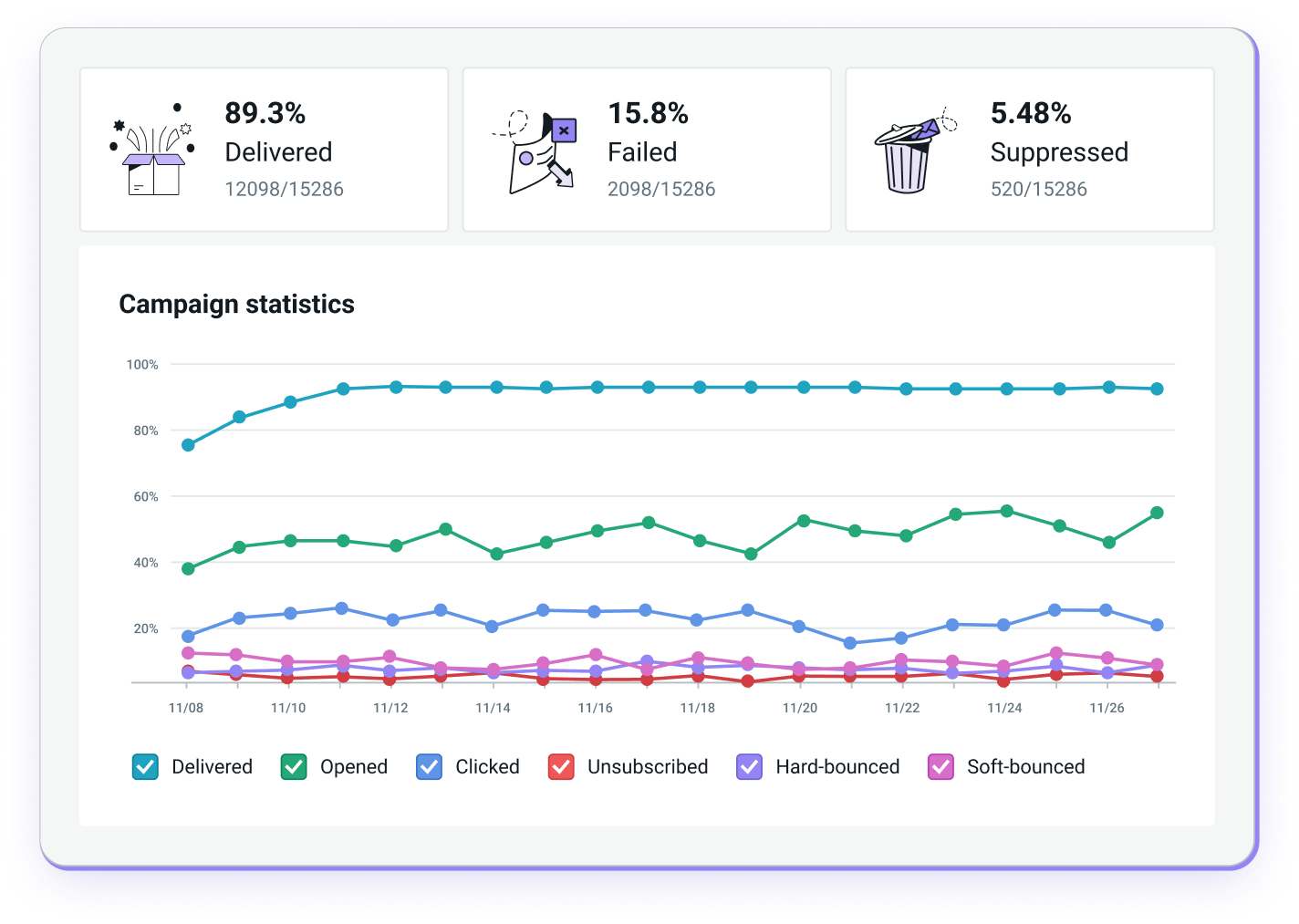
Mailjet users can find engagement stats for their campaigns in our platform’s Statistics dashboard.
Ultimately, we encourage you to undertake A/B tests and analyze the data. If you want to figure out the peak time to send your weekly newsletter, you could do a test spanning three weeks: In the first week of the test, send your newsletter at 10 AM, then next week send it at 1 PM, and the week after try 9 PM.
You can also try A/B testing by sending a campaign to half of your list in the early morning and to the rest in the afternoon. Compare and analyze the results, and move on to the next experiment, just like in science class.
Want to know more about email best practices? Check out our Email Growth Playbook, a database of 60+ tactics to help you increase the performance of your email campaigns.
Send at the perfect time with Mailjet
When it comes to finding the best time to send your email campaigns, there is no one-size-fits-all answer. The type of business you have, your customers, the type and number of emails you send, and your targets all determine your best schedule.
Mailjet’s email marketing service offers features that allow you to create, deliver, and track your email campaigns. With an easy-to-use Email Editor and many responsive email templates, you can create engaging newsletters in just a few minutes. Our features include Segmentation, A/B Testing, Campaign Comparison, and Email Statistics. These features allow you to really track and improve your digital marketing results and find the perfect time to send your emails.
This is an updated version of the post “When’s the best time to send an email newsletter?” published on the Mailjet blog in 2021.



